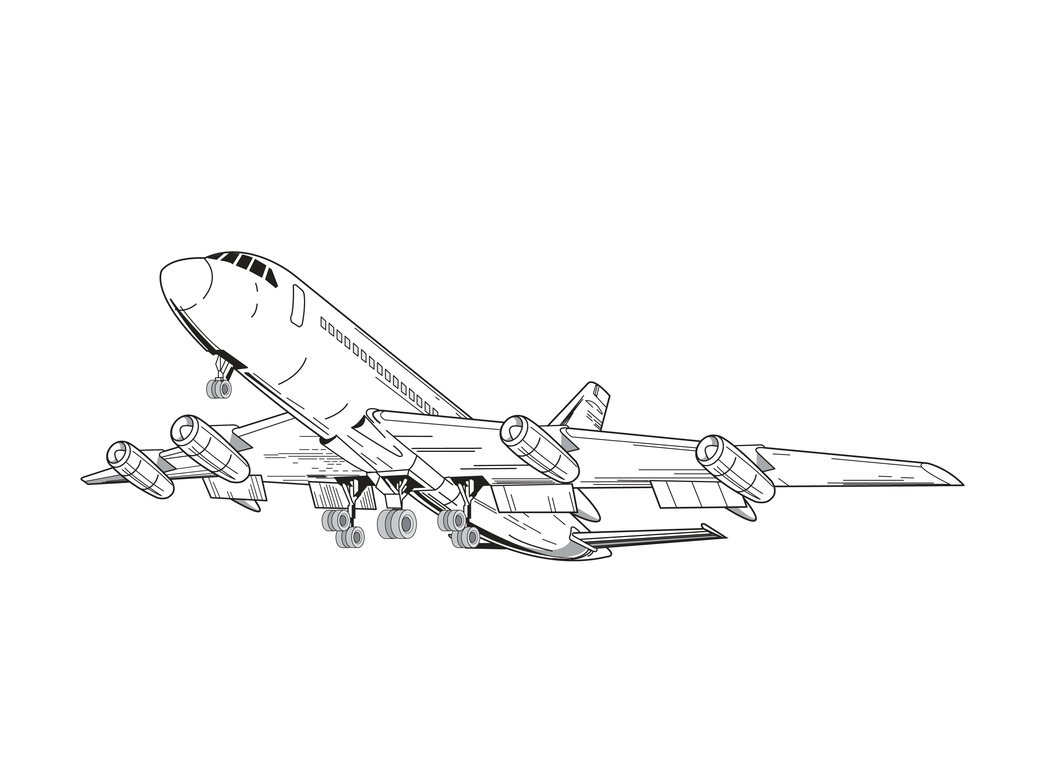
EG-0020-01
A Convair 990 (CV-990) aircraft formerly used by NASA as a medium-altitude research platform was used at Dryden as a Landing Systems Research Aircraft (LSRA). It was used to test space shuttle landing gear and braking systems as part of NASA’s continuing effort to upgrade and improve space shuttle capabilities. The aircraft was operated by the NASA Dryden
Flight Research Center, Edwards, California.
A series of tests with the CV-990 were conducted at Edwards and at the Kennedy Space Center, Florida, in 1993 and 1994 to study shuttle tire wear. The tests were very significant to the space shuttle program by allowing the Return to Landing Site (RTLS) crosswind limits of the orbiters to be increased from 15 to 20 knots. A landing gear retraction system was installed in
the lower fuselage area of the CV-990, between the aircraft’s main landing gear. The landing capability of the CV-990 is unaffected by the test components which represent a space shuttle landing gear unit.
During tests, the landing gear unit is lowered by a high-pressure hydraulic system once the CV-990 main landing gear has contacted the runway. The tests allowed engineers to assess and document the performance of the space shuttle’s main and nose landing gear systems, tires and wheel assemblies, plus braking and nose wheel steering performance. As soon as an individual landing test was completed, the loads on the shuttle gear, up to 150,000 lbs., were reduced and the landing roll was completed on the CV-990’s landing gear.
The CV-990 was built by the Convair Division of General Dynamics Corp., Ft. Worth, Texas, in 1962. The aircraft was used for commercial passenger service by American Airlines and Modern Air Transport until acquired by NASA in 1975 for use as a research aircraft at the Ames Research Center, Moffett Field, California.
The Dryden project pilot was C. Gordon Fullerton, a veteran of two space shuttle missions. Fullerton was also a member of the NASA flight crews that carried out the space shuttle approach and landing tests at Dryden in 1977 with the prototype orbiter Enterprise.


























